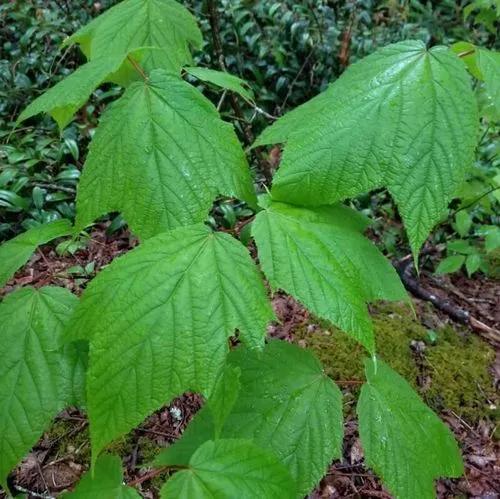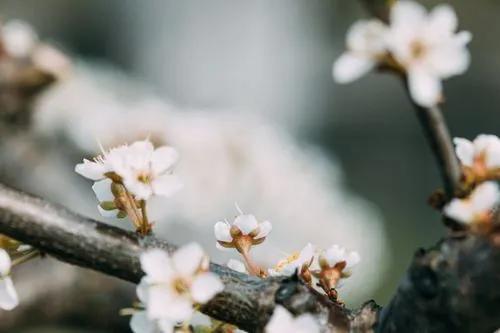Step into the world of fragrant apple flowering and juicy fruits. Malus domestica 'Gala' is a vibrant bruit-bearing tree that would add a scent of paradise to your garden in spring and generous, juicy crops in fall.
Gala Apple Care
Malus domestica 'Gala'



Commonly known as Gala Apple, Malus domestica 'Gala' belongs to the deciduous species of the Rosaceae family. Resulting from the crossbreeding of 'Kidd's Orange Red' and 'Golden Delicious' apple cultivars in New Zealand, this tree produces medium-sized fruits with distinctive reddish-yellow skin. The flavor of the Gala Apple is often described as a blend of sweetness and subtle hints of vanilla and pear. The tree typically grows 10-12 feet (3-3.6 m) tall and spreads the branches in a canopy manner. The leaves are oval-shaped with a glossy texture and slightly serrated edges. The harvest period of Gala Apple falls on late summer and early autumn, depending on the climate conditions in a specific region.
How to Care for the Plant

Container

Growing Gala Apple in a container, opt for an 18-20 in (45-50 cm) wide pot with 10 gal (40 liters) volume. It is important to choose a container with draining holes to allow excess water to flow out, preventing rotting issues. Choosing a pot, make sure it is at least 2-3 times larger than the plant's root ball to allow some room for growth. As for materials, pay attention to porous ones like terracotta or unglazed clay, which allow proper root aeration.

Fun fact

This Apple tree got its name when the Queen of England, Elizabeth II, visited New Zealand. She tasted an apple and loved it so much that this species became known as “royal”.

Popularity

261 people already have this plant 36 people have added this plant to their wishlists
Discover more plants with the list below
Popular articles






